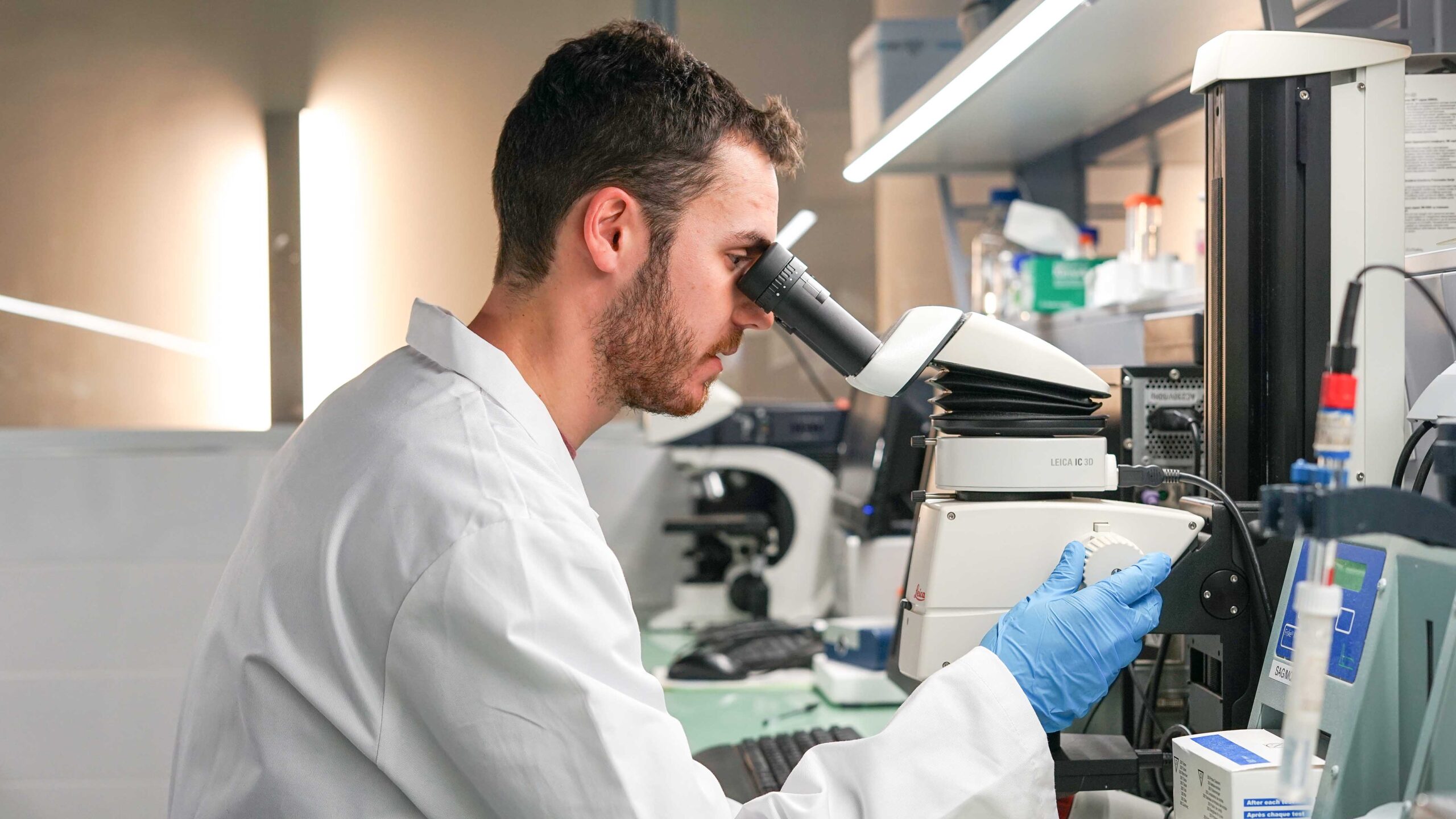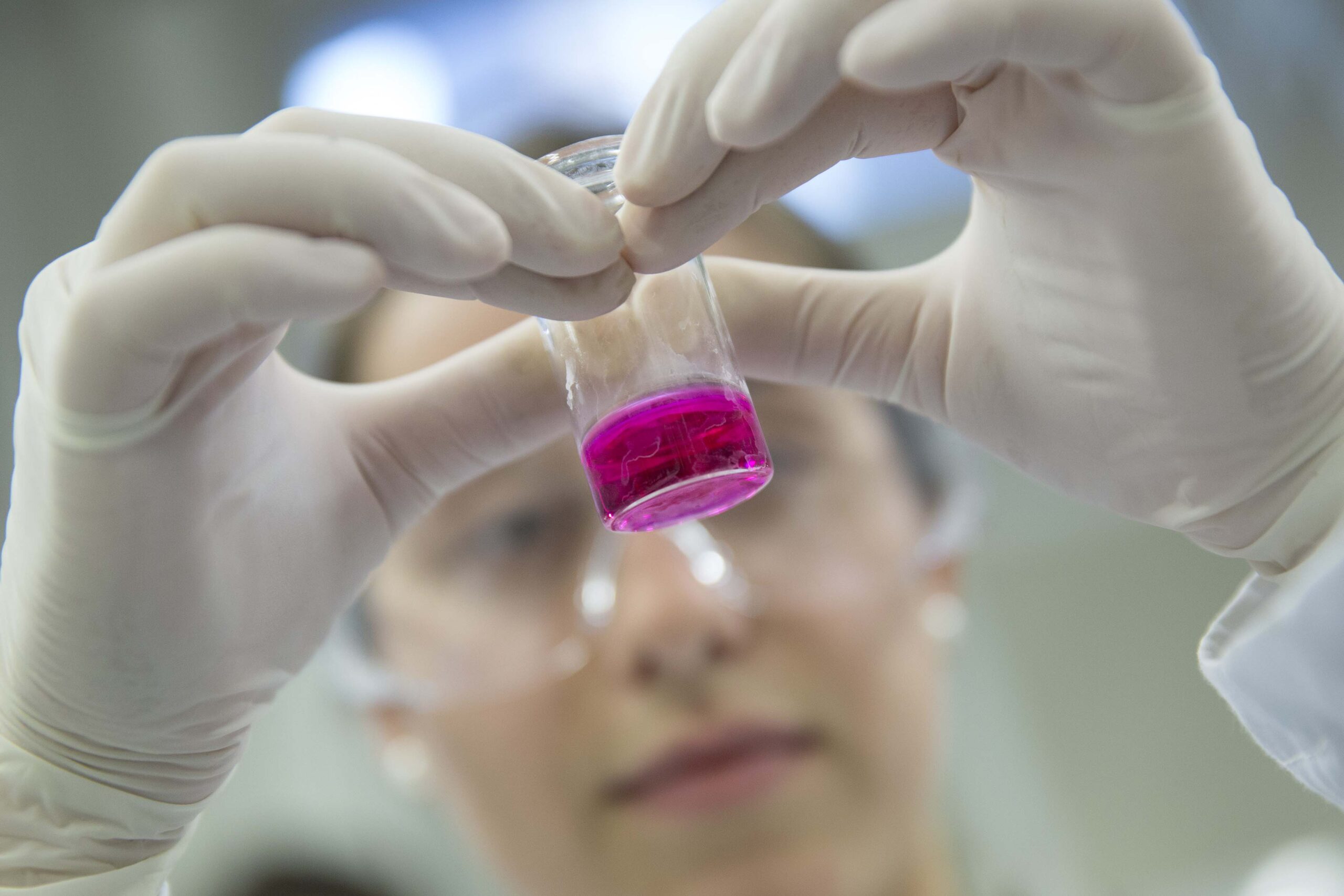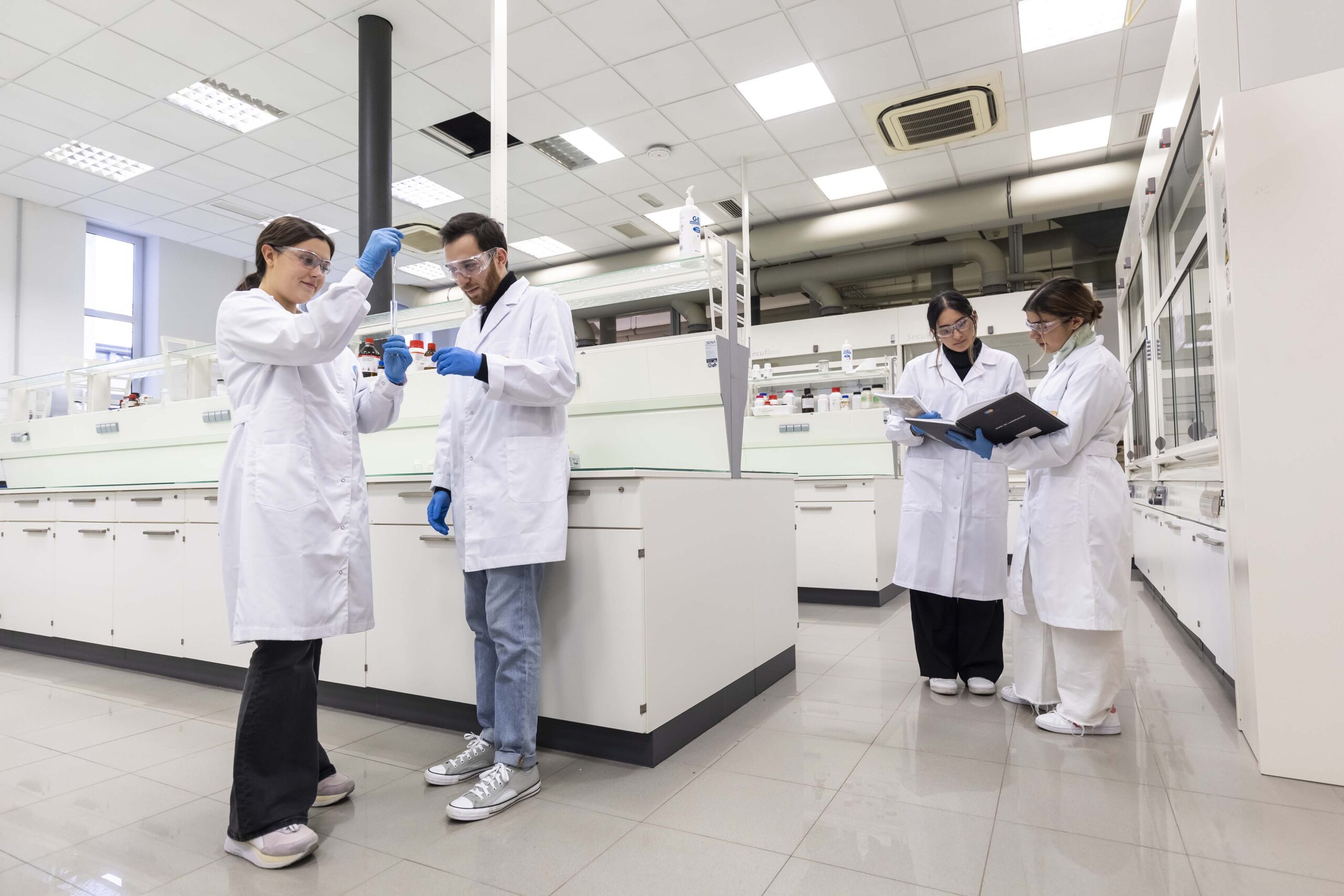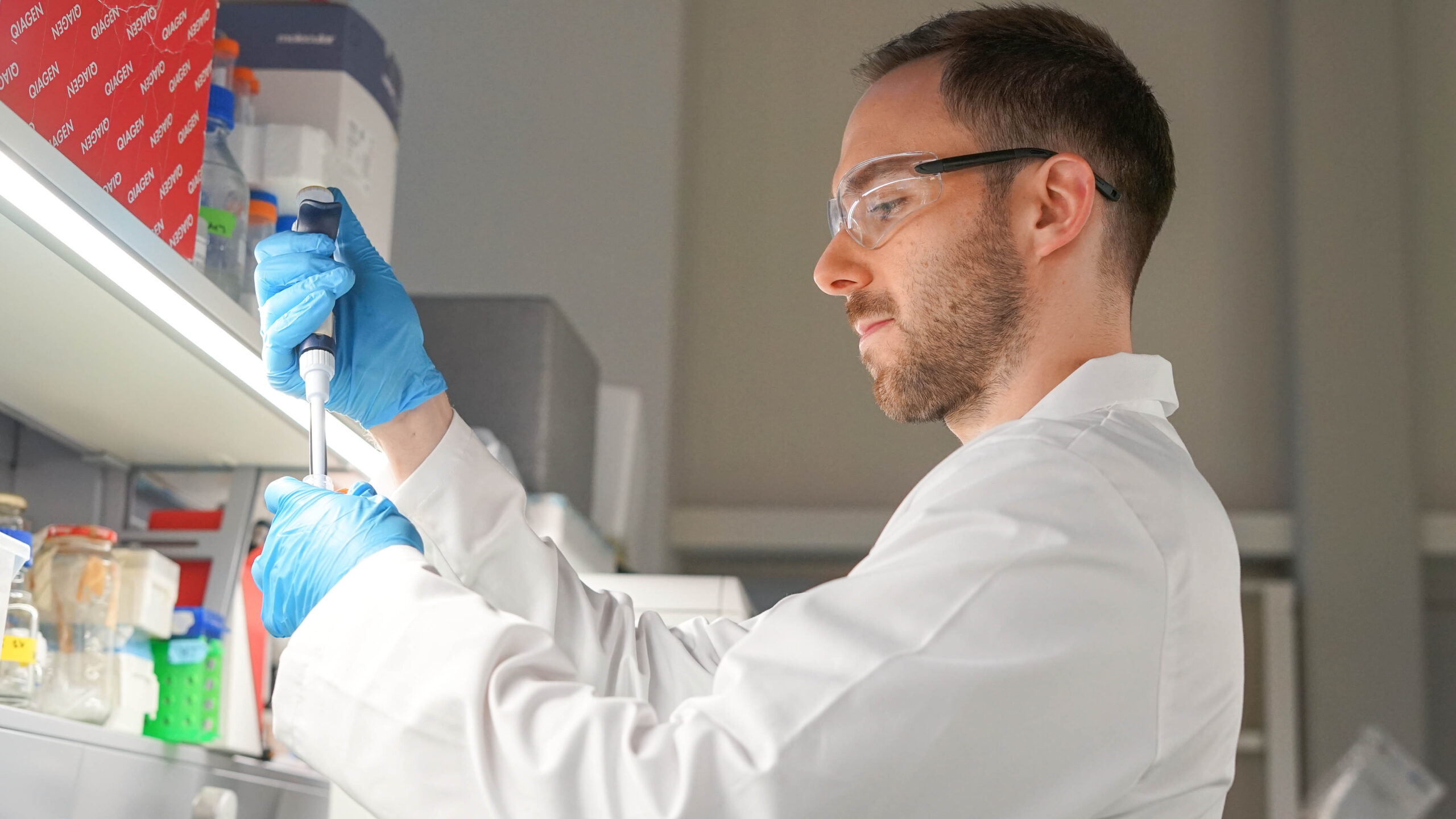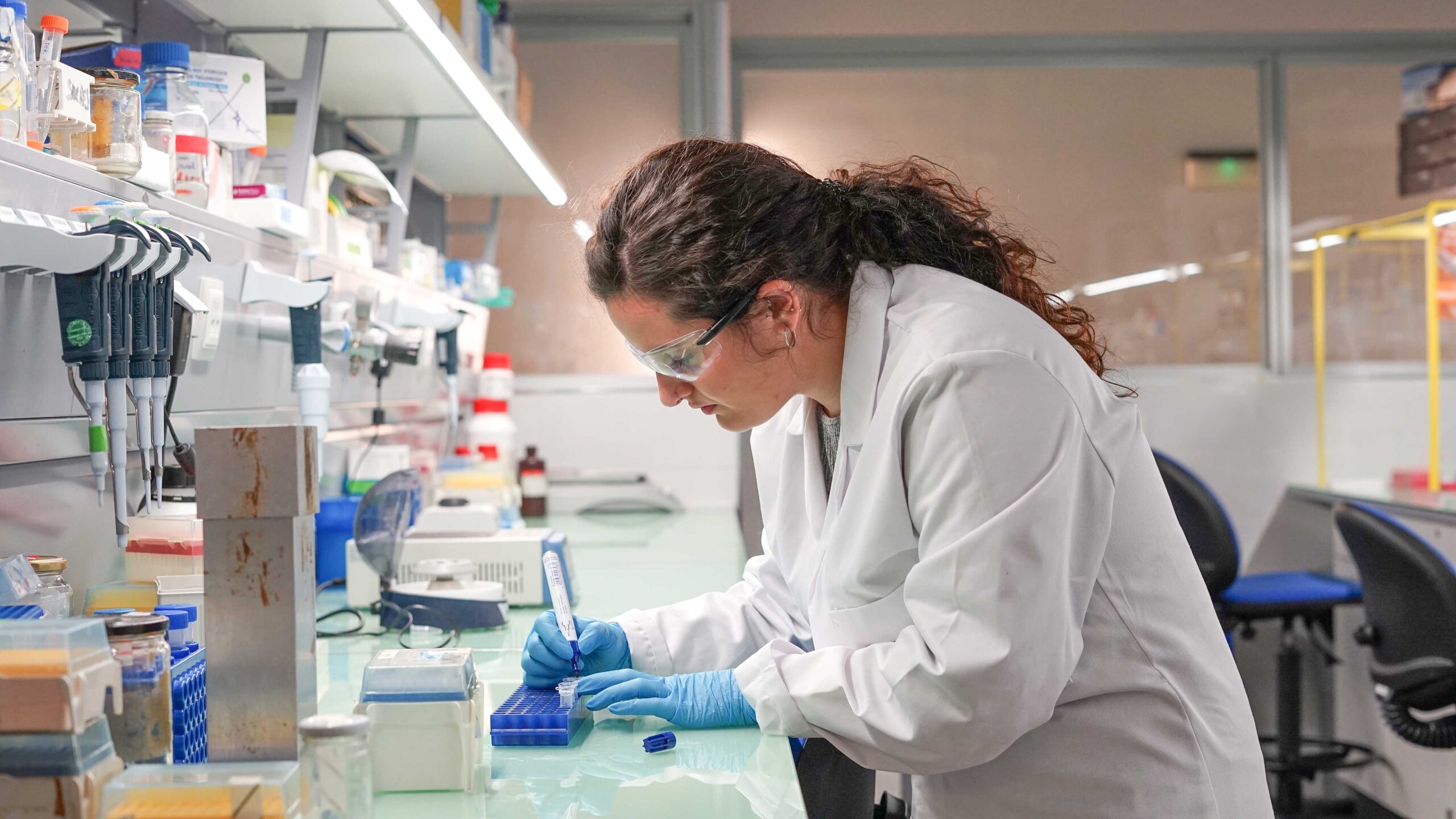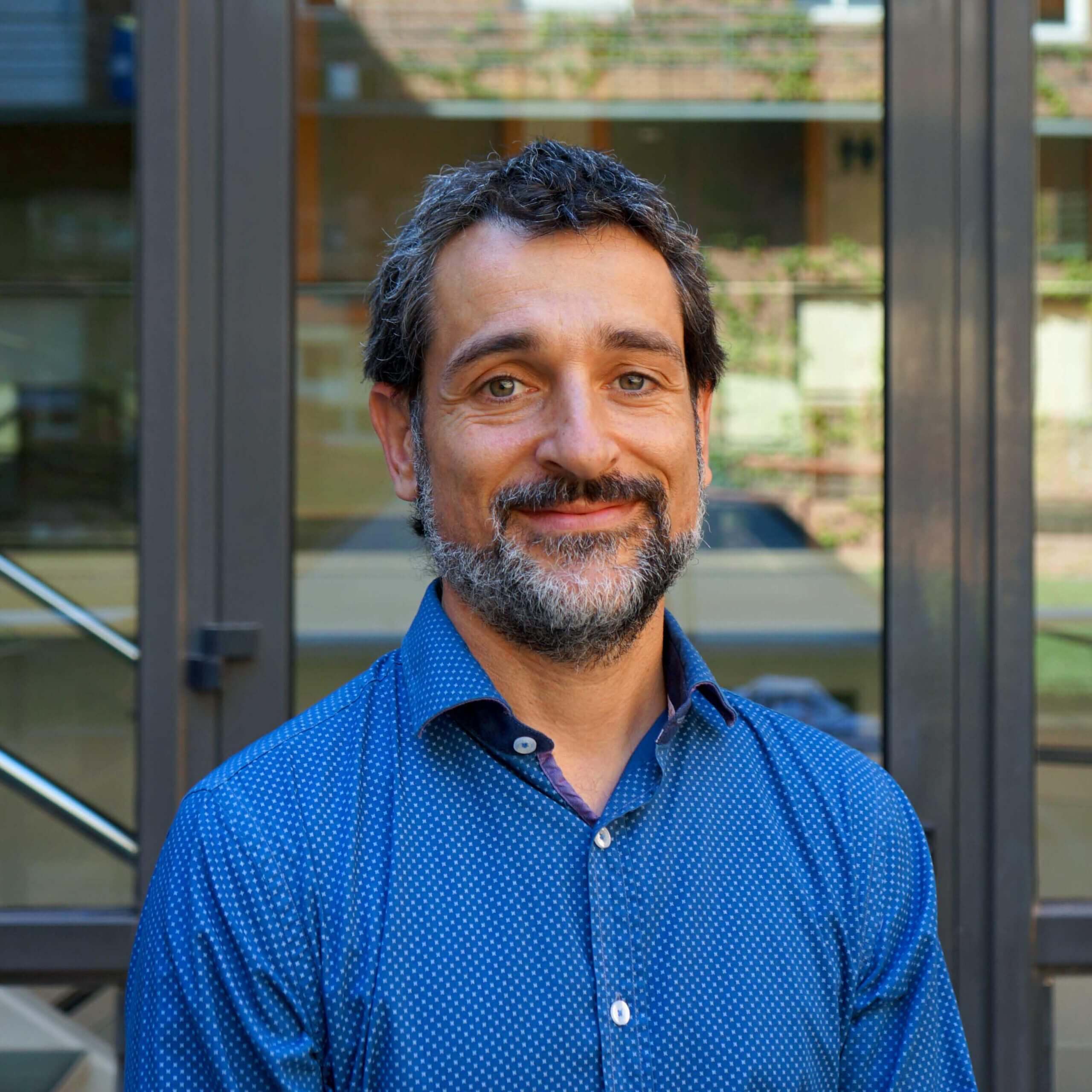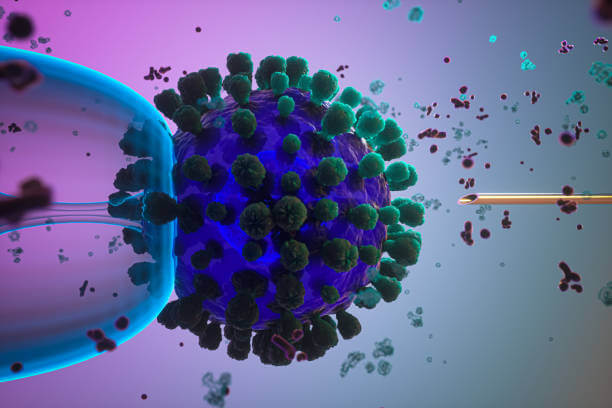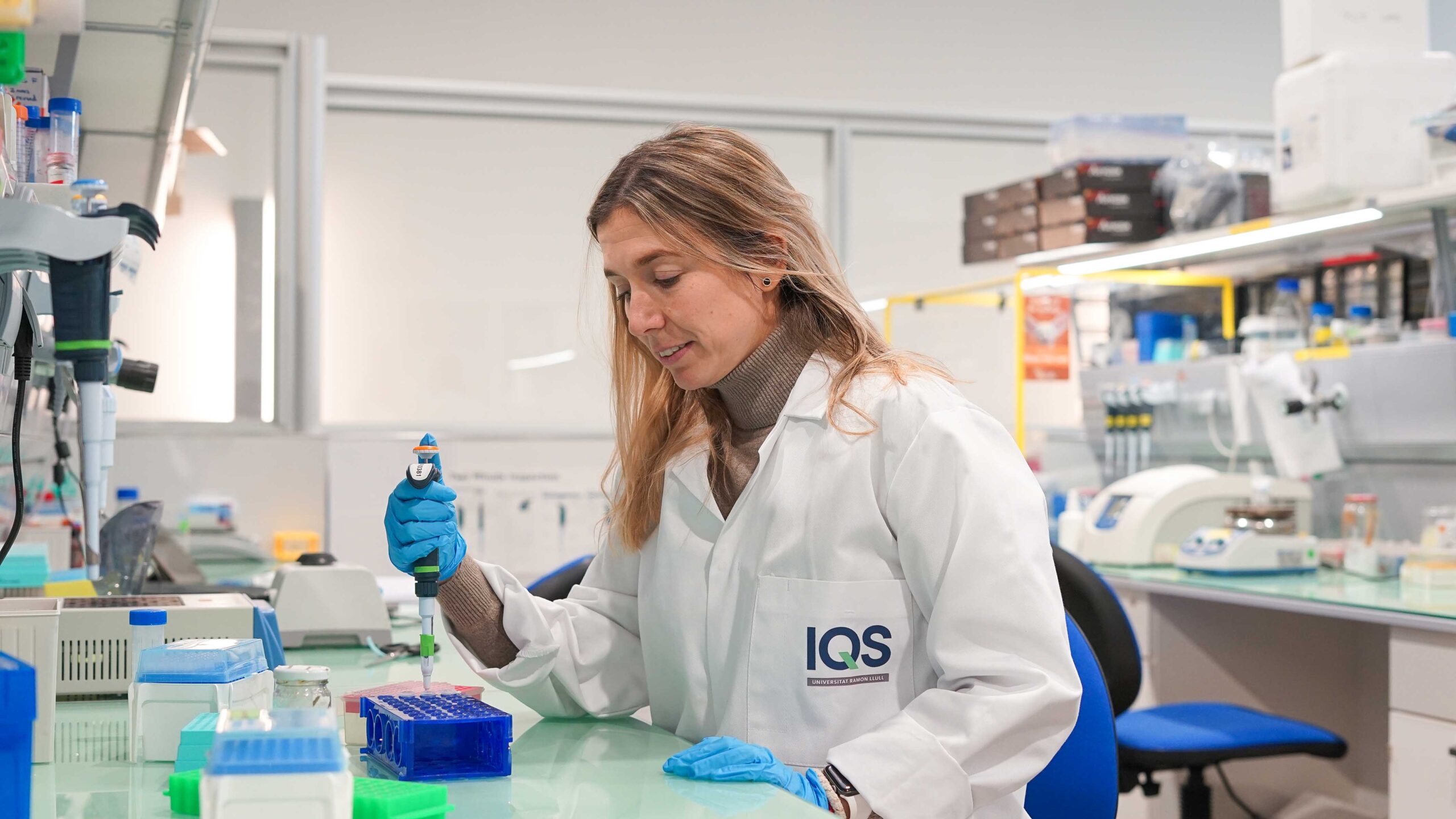Extracellular vesicles (EVs) are a heterogeneous series of nano-micron-sized vesicles released by almost all cells. They play a key role in various biological processes, mainly in intercellular communication, through the transport of proteins, lipids, or nucleic acids. They are composed of a lipid bilayer, with certain specific markers, and contain different molecular charges depending on the message they must convey. Among their most outstanding properties, EVs are biocompatible, have low immunogenicity, can cross physiological barriers, and have intrinsic targeting capacity, among other characteristics. These properties have made EVs increasingly recognized as potential delivery systems for drugs and genetic material in therapeutic applications.
Despite everything, the use of EVs still has many limitations, such as the lack of standardized protocols for their isolation and characterization, which compromise experimental reliability. The MISEV – Minimal Information for Studies of Extracellular Vesicles guides, published periodically by the International Society for Extracellular Vesicles (ISEV), are the only harmonized information that currently exists for the standardization of the properties, isolation, characterization, and study of the functionality of EVs.
Research on EV storage conditions is also limited, putting their stability at risk and limiting the possibility of their clinical application. The efficient loading of genetic material continues to be a challenge, with little research on effective techniques, while confusing information in the literature further impedes its progress.
It is therefore necessary to address these scientific areas and unlock the potential of EVs as therapeutic delivery systems, as done by Dr Mónica Guarro in her doctoral thesis conducted with the aim of advancing the field of EV research. Under the title Exploring the potential of extracellular vesicles as biological mRNA release systems, her thesis was carried out in the Materials Engineering Group (GEMAT) at IQS, under the supervision of Dr Cristina Fornaguera Puigvert and Dr Martí Lecina Veciana. Dr Guarro’s thesis focused on the advancement in the field of EV characterization, storage, and their application as natural gene delivery systems.
Exploring the potential of extracellular vesicles
First of all, Dr Guarro addressed the implementation of a series of techniques that allow the biophysical, biochemical, and functional characterization of EVs, developing a new robust characterization platform to identify them and ensure their biological properties in accordance with the recommendations established in the MISEV guidelines.
Regarding the challenge of storage, her thesis developed a new method of freeze-drying that allows the biophysical and biochemical characteristics of EVs to be preserved over time. Dr Guarro’s research discovered that extracellular vesicles lyophilized with this technique can retain their size distribution, morphology, purity, and functionality, thus reinforcing their potential as a “ready-to-use” clinical product and facilitating future clinical applications.
As a final objective, Dr Guarro made an initial exploration of different methodologies of exogenous mRNA loading in EVs, a key step to be able to create and guarantee an efficient mRNA-based delivery system. Five common mRNA loading methods were compared: incubation, sonication, freeze-drying, electroporation, and extrusion. The freeze-drying method stood out as the most effective of those tested in terms of loading efficiency, observed by super-resolution microscopy. Effective results were achieved and the proportion of loaded EVs reached with these methods provides a promising basis for the continued development of this technology. Despite everything, discrepancies in the efficiency of cell loading and release were also detected between the methods tested, and further studies should be carried out to improve the functionality of extracellular vesicles.
In short, Dr Mónica Guarro’s thesis establishes essential methodologies to advance EV research, with rigorous characterization techniques, an established protocol for adequate storage and preservation, and an effective mRNA loading strategy, thus making it possible to contribute to bringing EVs closer to future clinical applications.
Part of this thesis was carried out in collaboration with Dr Lorenzo Albertazzi from the Nanoscopy for Nanomedicine group at the Eindhoven University of Technology (TUe).
Related publications
Mónica Guarro et al, Efficient extracellular vesicles freeze-dry method for direct formulations and use, 2022, Colloids and Surfaces B: Biointerfaces, 218, 112745.
Mónica Guarro, mRNA cancer vaccines based on monocytes extracellular vesicles exogenously loaded with antigen mRNA, conference ISEV 2022 Annual meeting, Lyon, France.
This thesis has been conducted within the framework of the LUNGEVs project under the LLAVOR 2021 call for Knowledge Industry Grants from AGAUR – Government of Catalonia.

